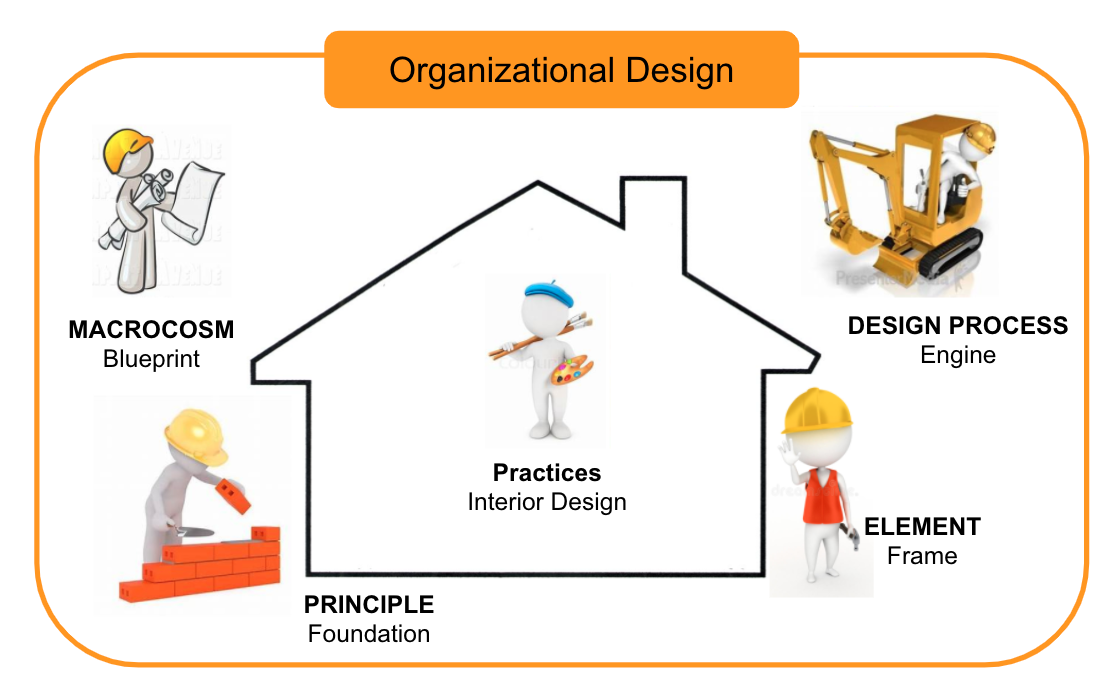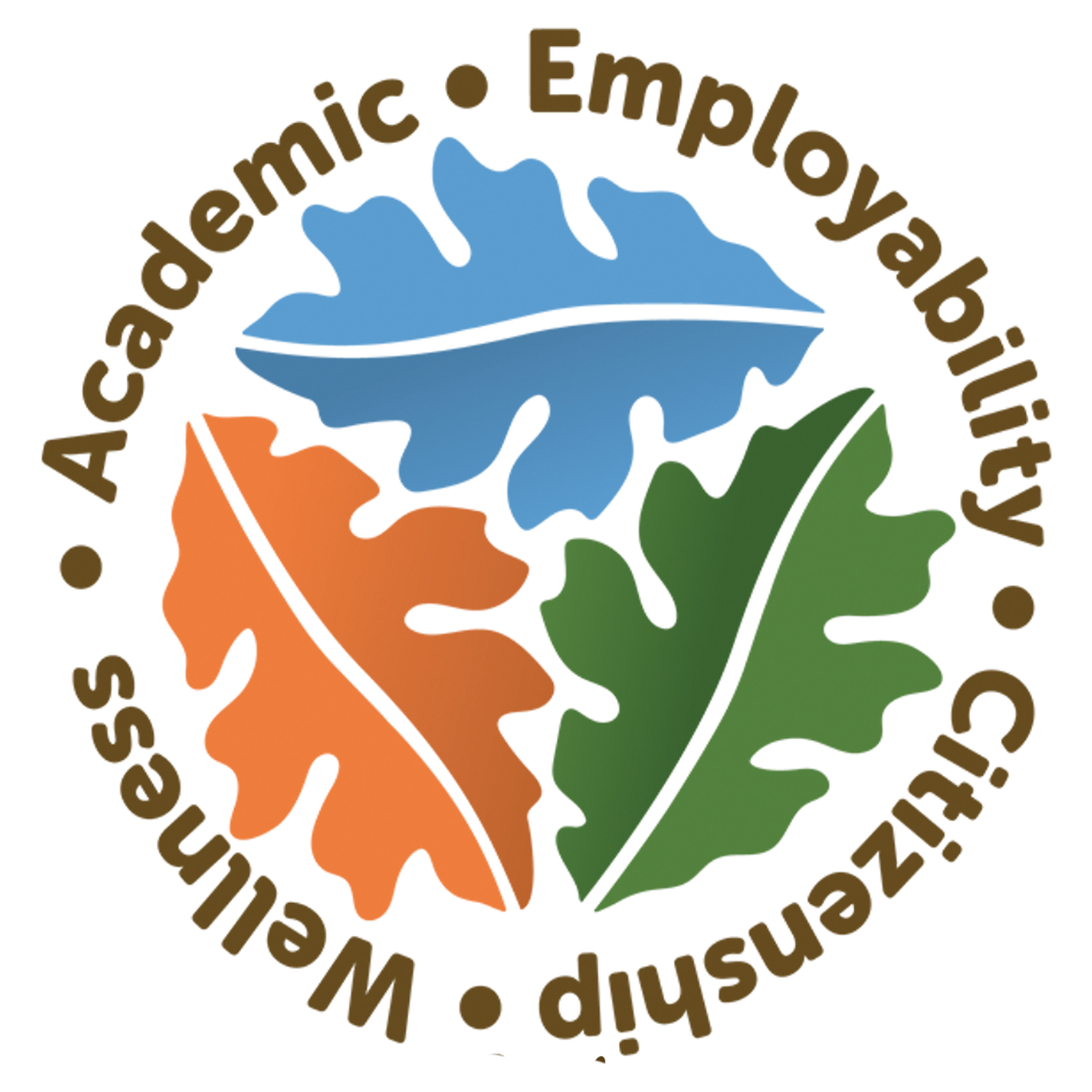“The Norris School District Macrocosm distinguishes a learner centric approach to developing agency and leadership at all levels.”
Academy Design
Learning at Norris is centered around building leaders at all levels who are socially embedded agents of their own learning with a high level of efficacy. Learner Agency is the idea that learners become empowered to think and act independently moving from passive recipients to being actively involved in the learning process, making decisions about learning and initiating autonomous learning. Ultimately, learners are empowered to design their own pathway to mastery or enduring practice. When learners move from being passive recipients to more active in the learning or design process, actively involved in decisions about the learning or the model of learning, then they have greater agency.
Legacy based schools tend to cater to students grouped in age-based cohorts. In many cases, a one size fits all approach is used. Even with “accommodations” for individual students, many feel disenfranchised and ultimately do not realize their full potential. In legacy schools, students are often passive recipients of knowledge and curriculum is determined by others and delivered by teachers. Students are assessed on their ability to retain or demonstrate the knowledge that someone else determined was important. In these schools, educators approach school improvement by modifying existing structures and approaching school improvement or innovation in silos by addressing isolated elements of educational design; competency based assessment or project based learning. Inevitably, these innovations are not sustainable because they fail to become responsive enduring practices because they are fighting against the system as a whole with conflicting priorities.
Norris Ecosystem Design
The Norris Ecosystem is based on the six principles of our learner-centered Macrocosm and a powerful Design Process that iterates using multiple levels of input. The six principles work together to support each other’s development creating a new future that is equitable and powerfully serves every learner in ecosystem. In our ecosystem, humanity is at the center and learning is responsive to the learner and community development.
The Norris Macrocosm distinguishes a learner centric approach to developing agency and leadership at all levels. The Macrocosm is considered a complex system of interconnected elements that is adaptive and liberates each learner to pursue their WHY. Each principle within the Macrocosm has elements that consist of a group of practices that are developed to support the unique needs of each environment. While the principles form the foundation of the organization, the practices are personalized to the environment and define the designs that uniquely serve the learners within the ecosystem.
The Norris Design Process is an innovative approach where all members of the learning network exercise voice in creating relevant and powerful practices to support our educational model. The process utilizes continual reflection to identify challenges and engage in short cycle iterations to bring us closer to realizing our vision.
At Norris the Macrocosm provides a blueprint to build a learner centered ecosystem with the six principles serving as the foundation of learning and the design process serving as the engine that brings the Norris vision to life. Consider the analogy of buildng your dream home.

Macrocosm-Blueprint
Principle-Foundation
Element-Frame
Design Process-Engine
Every house must have a blueprint that identifies the systems within the house that must be developed. Each blueprint will identify essential components to be developed such as carpentry, plumbing, electrical, and HVAC. These are like the principles of the macrocosm. Principles are essential understandings or the foundation from which all practices are anchored. They must be present on all learner-centered ecosystems. Just as these are crucial to the creation of your dream home, the 6 principles of the macrocosm are crucial to the creation of a learning ecosytem.
Each house is uniquely built to meet the needs of its inhabitants. Each room serves a purpose and the interior of that room is purposely designed. This is like the creation of a kitchen (design element). The kitchen consists of unique practices that help it function or achieve its vision. Just like a kitchen might be uniquely designed for form and funtion to wash dishes, prepare food and store utensils; the creation of an Urgency Story might be uniquely designed to consider who participates, how the story is created, how the learner owns it and how it might be reviewed regularly. These practices would be unique to the ecosystem and the learner. Elements and practices are like the interior design of each room.
Contractors work together to build the home ensuring that each of their systems work harmoniously together. They recognize that what one person does impacts the other. Imagine if you remodeled your bathroom without first considering the existing plumbing and had no way to drain your new shower. The Norris Design Process is the engine by which members of the learning team use multiple levels of input and commuicated and internalize each design to assess the impact the new practice will have on their role and the practices they utilize on a regular basis.
Want to learn more?
Norris offers an array of professional dervices to help you design your own learning-centered ecosystem. For a detailed description of services we provide and to learn how the six principles of the Norris Macrocosm serve as the service array framework explore the Service Array pages and contact us at jnoll@norrisacademywi.org, 262-910-3810 for a free consultation to discuss how to best utilize these services to meet your organizational goals.
Learner Agency
Learner Agency is the idea that learners become empowered to think and act independently moving from passive recipients to being actively involved in the learning process, making decisions about learning and initiating autonomous learning. Ultimately, learners are empowered to design their own pathway to mastery or enduring practice. When learners move from being passive recipients to more active in the learning or design process, actively involved in decisions about the learning or the model of learning, then they have greater agency.
Norris Macrocosm
The six principles in the Macrocosm define the necessary foundations that all learner-centered environments must consider. The core principles of our Norris Macrocosm include:
Norris Design Process
At Norris, we utilize a design process where all members are learners and leaders exercising voice in creating relevant, powerful practices to support our educational model. As a professional learning team, we engage in continual reflection to identify challenges and assess the distance between our current reality and our vision.
The Design Process uses mulitple levels of input to afford members of the learning team the opportunity to enter the conversation to evaluate the visibility of the vision from their unique lens and to build deep understanding prior to and during implementation.
While there are defined steps, this process is not always linear. The design team fluctuates back and forth between the levels as they implement, learn, reflect and revise their practices to meet the needs of the learners they are currently engaging with.
Step 1: Define and Document
Step 2: Communicate and Internalize
Step 3: Visible Change in Practice
Step 4: Responsive Teaching and Learning
